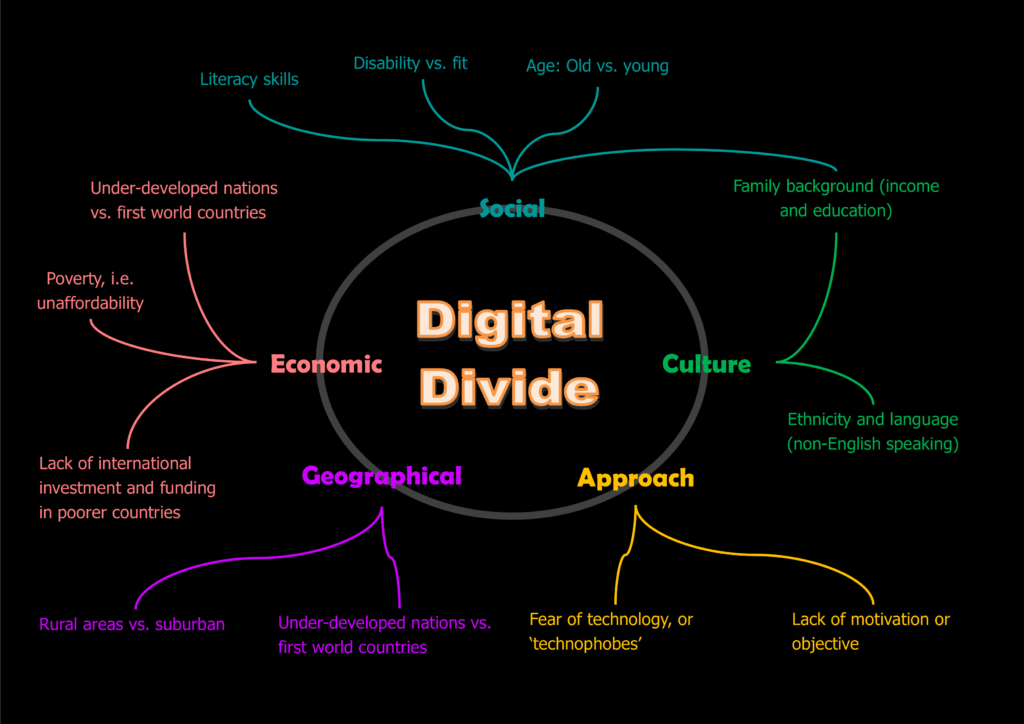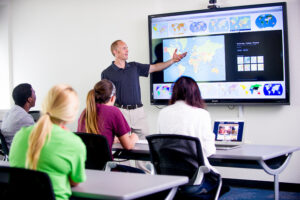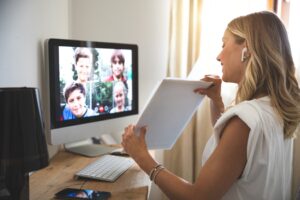Artificial Intelligence (AI) is being widely incorporated into other sectors due to the fast-paced advancements in technology. We now rely on AI in all aspects of our everyday lives, such as in our homes, workplaces, and education as well. As an educator, utilizing generative AI offers both thrilling possibilities and possible difficulties. This blog article will examine my current use of generative AI, the main advantages and disadvantages of this technology, and the future potential of AI in education.
The Current Landscape –
The present state of affairs involves the integration of Generative AI, a specific branch of artificial intelligence that is dedicated to the independent creation of material, into educational settings through various means:
Content Creation: AI-driven systems have the ability to produce educational resources, including quizzes, worksheets, and study guides, that are customized to meet the specific needs of each student. It is really helpful, sometimes we don’t have any idea how to start something and AI can give us wonderful ideas.
Personalized Learning: Through the analysis of student data, AI algorithms can offer tailored suggestions for educational materials and adjust learning paths to accommodate the individual pace and learning preferences of each student.
Language learning platforms employ artificial intelligence to offer immediate feedback on pronunciation, grammar, and vocabulary usage, hence boosting the learning experience for students. Language learning becomes so easy nowadays, we don’t have to pay fees to coaching classes to learn another language because of AI.
Daily Usage of AI in Education and Beyond –
Utilization of AI in Education and Beyond on a Daily Basis Tools for Enhancing Student Learning: Artificial intelligence (AI) driven learning platforms and applications support students in different parts of their academic progress, such as providing assistance with homework, facilitating language acquisition, and offering personalized adaptive tutoring systems that cater to their specific requirements.
Educational analytics involves the use of AI-driven analytics by educators to monitor student progress, identify areas for development, and customize education based on data insights. This approach ensures that every student has the necessary support to achieve success.
Virtual Assistants: AI-driven virtual assistants, such as chatbots, enable expedient access to information and assistance for both students and educators. They are capable of answering queries, arranging appointments, and providing reminders.
Content Recommendations: Streaming platforms, news websites, and social media employ AI algorithms to suggest personalised content according to users’ tastes and previous actions, influencing their daily consumption patterns.
Language Translation: AI-driven translation tools enhance communication across language boundaries, allowing students to access educational resources and engage in collaboration with classmates from various linguistic backgrounds.
Health and Wellness: AI-powered health and wellness applications track physical activity, sleep habits, and dietary intake, providing tailored suggestions for promoting both physical and emotional well-being.
Smart home assistants, such as smart speakers, utilize artificial intelligence technology to simplify everyday activities including making reminders, organizing schedules, and operating smart home gadgets. This improves convenience and effectiveness.
Benefits and Considerations –
AI enhances convenience and efficiency by streamlining daily tasks and routines, hence reducing the amount of time and effort required by students and educators. This enables them to allocate their energy towards more significant endeavors.
Data privacy and security are of utmost importance as AI-driven technologies gather and analyze large quantities of personal data. This calls for strong measures and clear procedures to preserve user information.
Digital Literacy: As AI becomes more prevalent in our everyday lives, it is crucial to acquire digital literacy abilities in order to effectively navigate and analyze technology-driven experiences.
Ethical considerations are of utmost importance when it comes to AI. It is necessary to be aware of the ethical implications, such as prejudice, justice, and accountability, in order to ensure responsible use and minimize potential risks and downsides.
Future Implications –
Improved Personalization: Artificial intelligence will further enhance its capacity to provide customized experiences that are tailored to individual tastes, requirements, and circumstances. This will bring about a significant transformation in the way students learn and educators educate.
Augmented Decision-Making: AI-powered decision support systems will aid students, educators, and individuals in making well-informed judgements in diverse fields, ranging from academic selections to career strategizing and beyond.
The collaboration between people and AI systems will become more fluid and symbiotic, with AI enhancing human abilities rather than substituting them. This will promote innovation and creativity in education and other fields.
To summarize, whilst generative AI offers educators unique chances to improve learning experiences and results, it also brings up significant concerns surrounding fairness, privacy, and ethical utilization. By using AI in a responsible manner and aggressively confronting its difficulties, educators may utilize its revolutionary capacity to establish learning environments that are more comprehensive, tailored, and efficient for all students. Sometimes, I feel that nowadays students are lucky because they have AI for their help because in my time I have learned everything in a conventional way without any help. But I also feels like it is making us lazy as well, we don’t put pressure on our minds, in this way our critical thinking skills are not developing as compare to the past times.


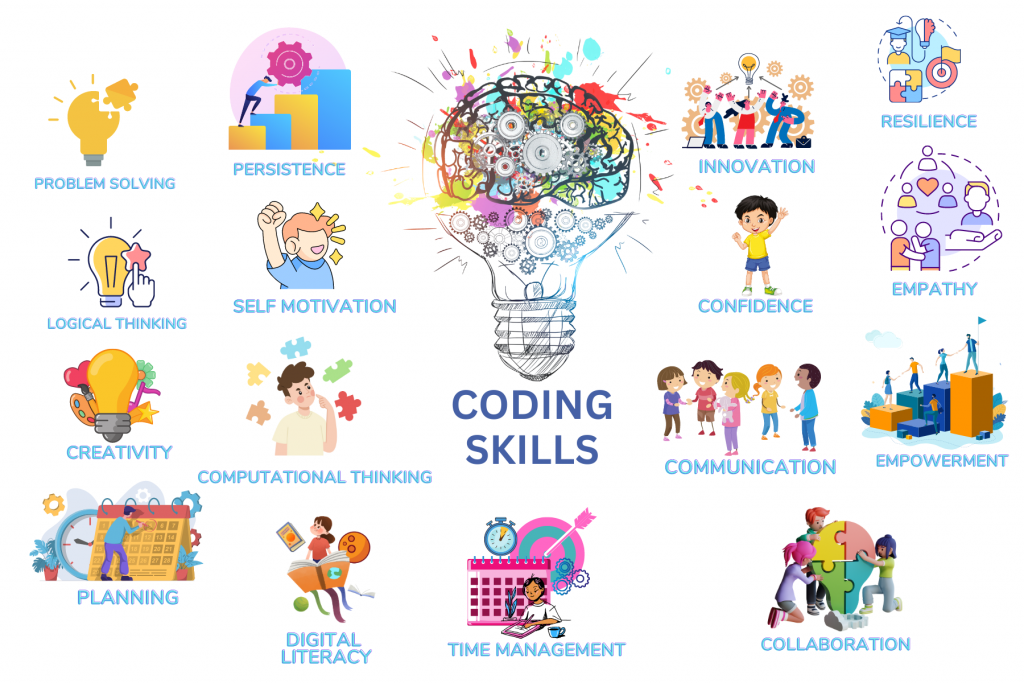
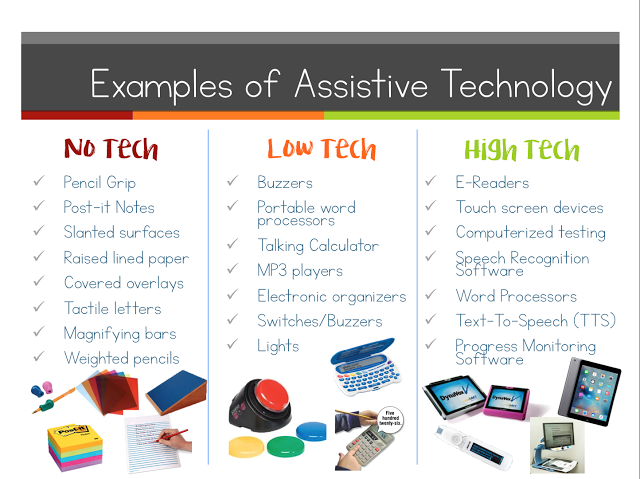
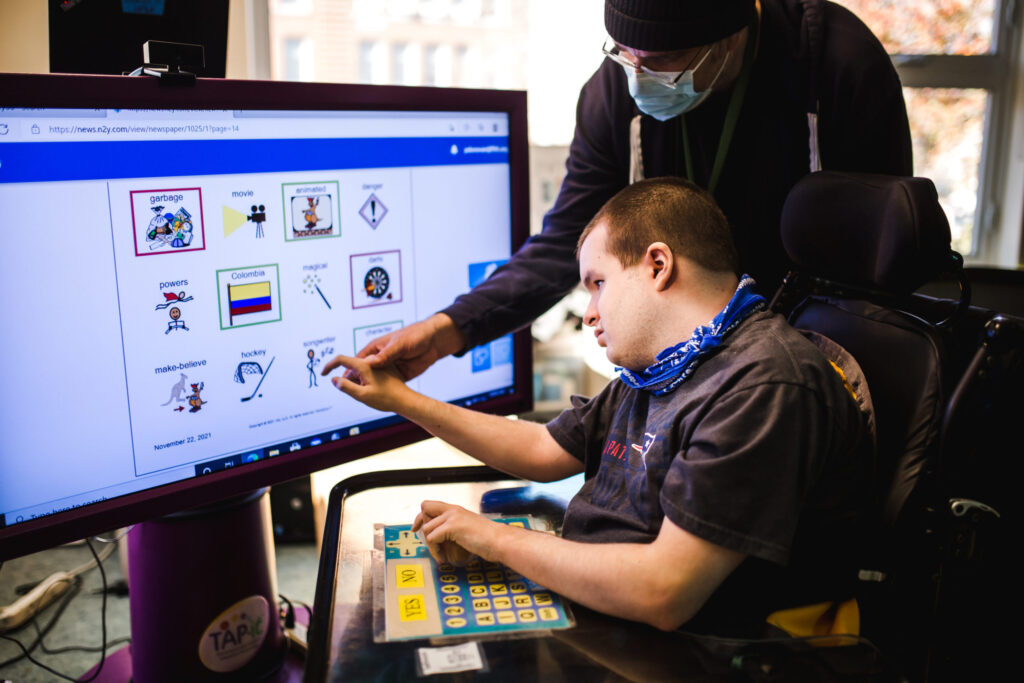

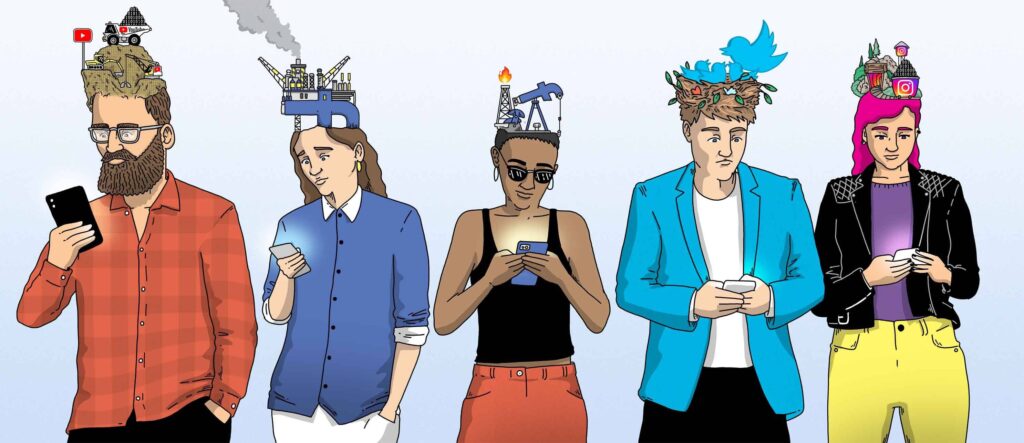
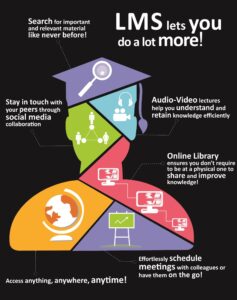 1. Learning Management Systems (LMS)
1. Learning Management Systems (LMS)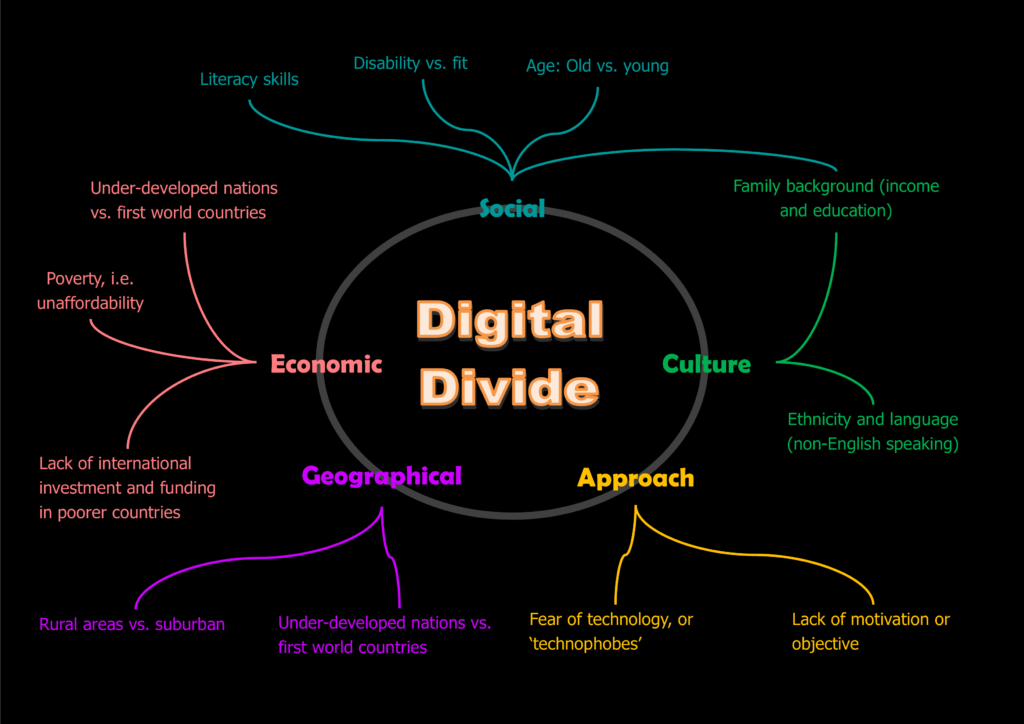
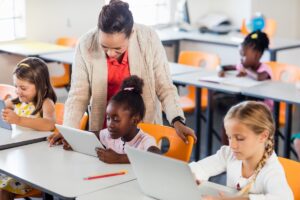
 integrated into educational settings spanning from K-12 institutions to higher education. These suites offer a suite of productivity tools, including word processors, spreadsheets, presentation software, and collaboration platforms, catering to the diverse needs of educators and learners alike. From creating lesson plans to facilitating group projects and administrative tasks, productivity suites have become the backbone of modern educational workflows.
integrated into educational settings spanning from K-12 institutions to higher education. These suites offer a suite of productivity tools, including word processors, spreadsheets, presentation software, and collaboration platforms, catering to the diverse needs of educators and learners alike. From creating lesson plans to facilitating group projects and administrative tasks, productivity suites have become the backbone of modern educational workflows.